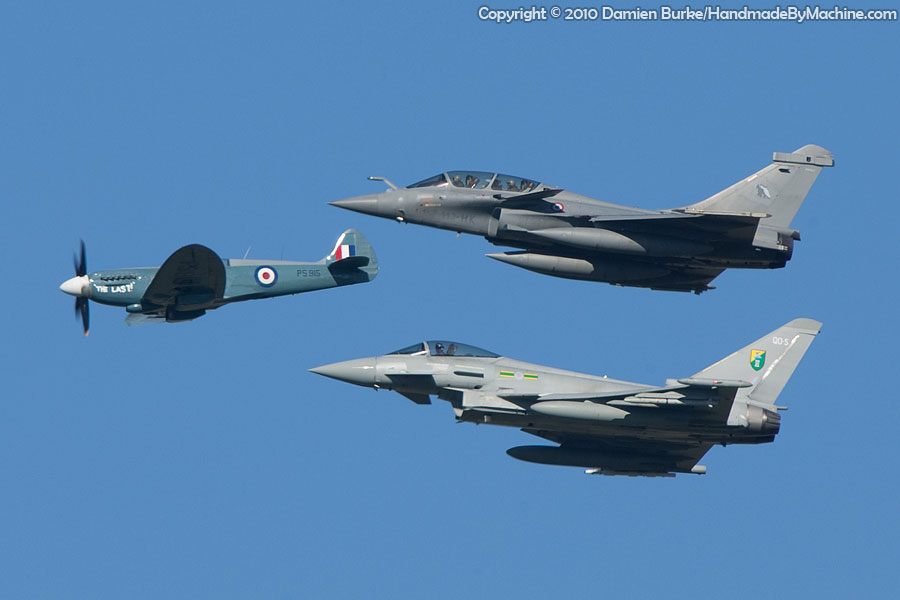The Minister of Defence, Carme Chacon, today in Rota (Cadiz) attended the ceremonies marking the opening of the new pier at the Naval Base, and the delivery to the Navy, by the company Navantia, of the first Maritime Action Ship (BAM), “Meteor.” Chacon has also chaired the meeting of the Superior Council of the Navy which was held aboard the strategic projection ship 'Juan Carlos I'.
During the visit, the minister announced that the Cabinet tomorrow [July 29—Ed.] will authorize the award of a contract to build five new Maritime Action Ships. This new program, according to the minister, will secure jobs for 6,000 families in the Bay of Cadiz area for the next five years.
Chacon, who made the announcement during as the first Maritime Action Ship, the “Meteor,” was handed over the the Navy, said that three of the new ships will be configured for patrol missions, one for search and rescue, and the final one for oceanographic research.




.jpg)







